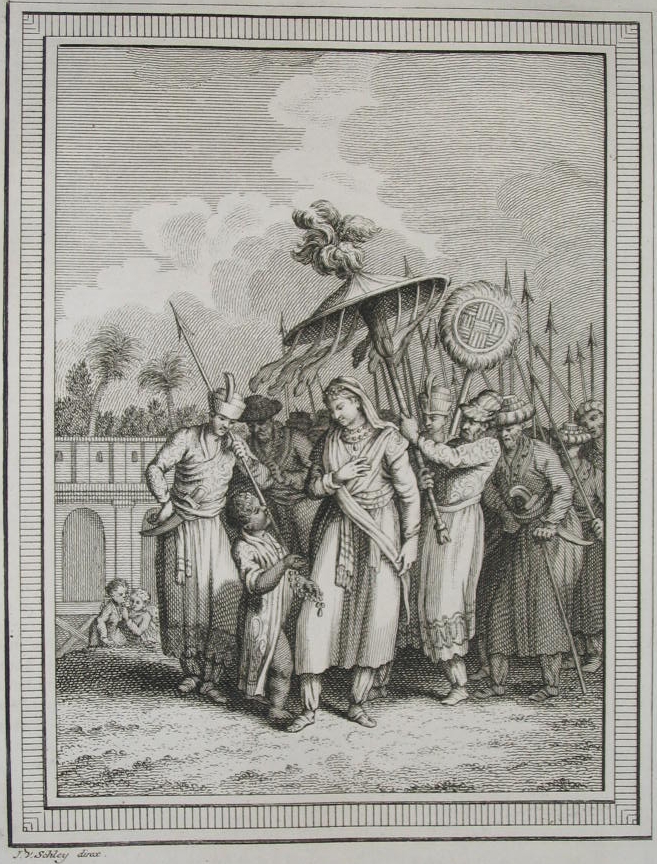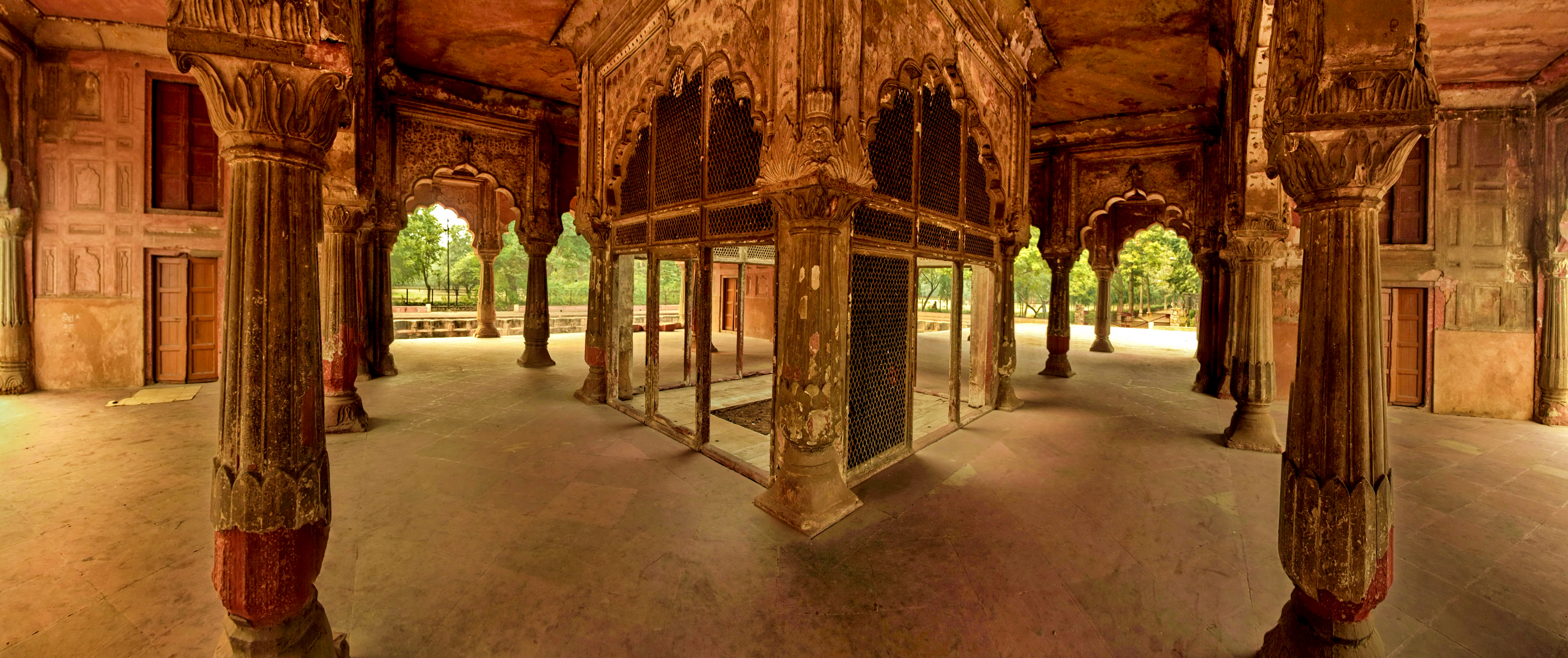The Tomb of Roshanara Begum nestles within the historic Roshanara Bagh, a testament to one of the most complex and influential women of the Mughal era. Located in north Delhi, this site encapsulates the intricate political landscape of 17th-century imperial India, where familial rivalries and power struggles defined the royal court. Roshanara, the second daughter of Emperor Shah Jahan, emerged as a pivotal figure during the tumultuous Mughal War of Succession, playing a critical role that would alter the trajectory of imperial politics.
Her strategic intervention during the conflict between her brothers Dara Shikoh and Aurangzeb demonstrated her political acumen and survival instinct. By warning Aurangzeb about a potential plot, she secured her position of influence and became a trusted confidante in the imperial court. Her relationship with Aurangzeb was nuanced—a blend of political alliance and eventual estrangement, marked by her eventual banishment due to her perceived libertine lifestyle.
The Roshanara Bagh itself represents more than just a garden; it was a carefully designed social and political space that reflected the sophistication of Mughal landscape architecture. Created around 1664 AD, the garden embodied the aesthetic and functional principles of Mughal design, featuring meticulously landscaped lawns, intricate water channels, and purposefully placed fountains. Despite years of neglect, the garden remains a green sanctuary in the bustling urban landscape of Delhi.
Roshanara's life was characterized by her remarkable political influence and complex personal dynamics. She was granted significant privileges rarely afforded to women of her time, including the right to issue nishans and serve as a Mansabdar in the emperor's army. Her patronage extended to significant architectural projects, including contributions to the construction of the Jama Masjid, further cementing her cultural and political legacy.
The architectural design of her tomb reflects the quintessential Mughal style, resembling a baradari with its central hall and open courtyards. Built with lakhori bricks and featuring intricate ornamental carvings, the structure stands as a refined example of 17th-century Mughal architectural elegance. Though time has worn away some of its original details, the tomb continues to bear witness to Roshanara's significant historical narrative.
In contemporary times, the Roshanara Bagh has transformed from a royal garden to a public space that serves multiple community functions. The Roshanara Club, established by the British in the late 19th century, now occupies part of the garden and holds historical significance as the birthplace of the Board of Control for Cricket in India. This adaptive reuse demonstrates the site's continued cultural relevance beyond its Mughal origins.
The story of Roshanara Begum is not merely a historical account but a complex narrative of power, gender, and survival in a highly competitive imperial environment. Her life challenges simplistic narratives about women's roles in Mughal society, presenting instead a nuanced portrait of a woman who navigated complex political landscapes with intelligence and strategic thinking.
Today, the Roshanara Bagh and her tomb serve as important historical markers, bridging Delhi's rich imperial past with its dynamic present. Accessible via the Pul Bangash metro station, the site continues to attract historians, tourists, and local residents interested in exploring the layered history of Mughal Delhi. Despite periods of neglect, the site remains a powerful reminder of the intricate social and political dynamics that shaped one of the most fascinating periods in Indian history.








